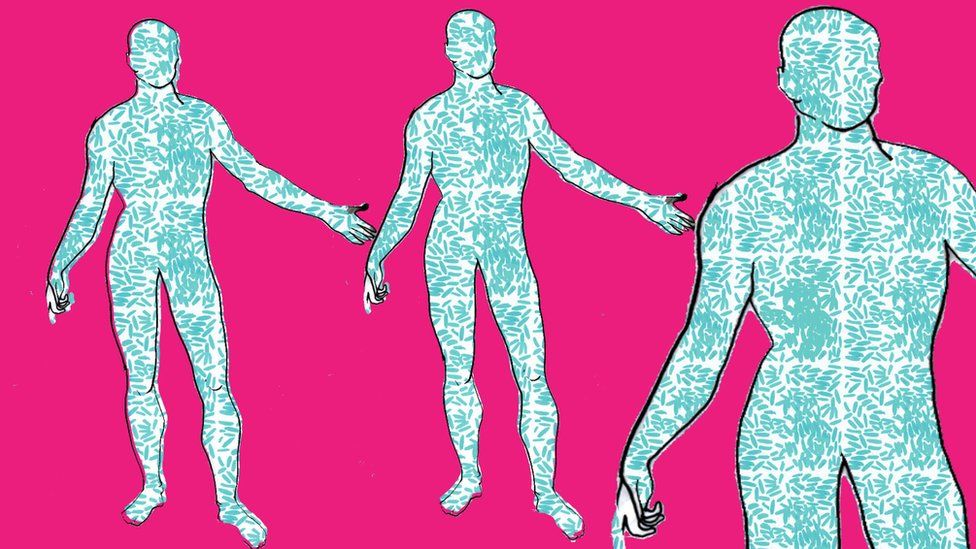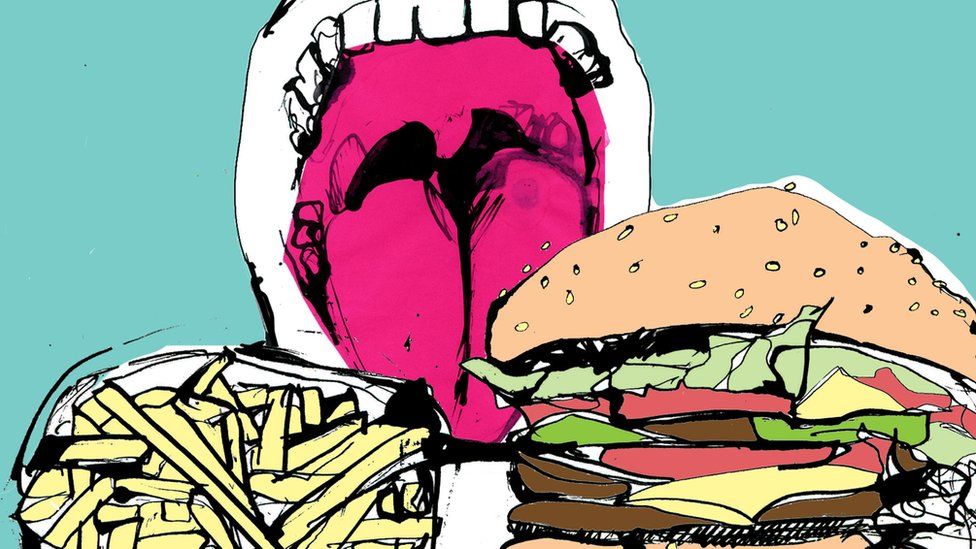I AM THEREFORE I THINK. By Nelson Joseph Raglione.
WELCOME TO MY CONVERSATION! ALLOW ME TO INTRODUCE MYSELF!
I am a complex assembly of sub-atomic particles covalently bonding to each other to form specific purpose atoms and molecules and then larger cells and organs which work together to form a living environmentally activated and thinking human being. However, I can't take all the credit because I am not all human and no,
I am not a robot!
Human cells make up approximately 44% of my body's total cell count. The rest is composed of microbiome which is a mix of water and viruses, bacteria and fungi much of which survives in my large and small intestines. I need them for basic survival and I guess they need me to act as a host and to keep them alive and healthy. Together we create the human being known as Nelson Joseph Raglione.
Hi and welcome to my conversation!
My body is composed of electrically activated nerve cells sensitive to: heat, light and sound as well as to pressure and to smell and taste. I am a liquid chemical Bio-Battery wrapped in a flexible shell of skin and my body produces 98.6 Fahrenheit degrees of heat or 97 degrees Celsius. And while my brain is activated by both interior and exterior stimuli which travel along pathways of highly sensitive nerve cells; it also produces in miniature, copies of what it sees and feels and hears and archives those copies within its "dendrite synapse axons" memory bank. Later my brain will attempt to remember by matching incoming stimuli with interior synaptic copies and decide what physical emotion or action is appropriate. It takes a few minutes for my brain to remember a name or place or an answer to a problem but if I relax and think about something else, the answer to a problem usually pops up.
For example: the problem of what's for diner is easy to solve. We humans created menus for that purpose but surprisingly, our subconscious does the choosing. Without much conscious thought our brain will locate the vitamins or minerals or proteins it needs for survival, within certain foods, and then allows us to "believe" we are choosing what we like. Choosing the food necessary for basic survival is not strictly isolated to human beings. Many animals and birds and insects have the innate capacity of choosing what foods are best for them.
In conclusion my brain remembers by making miniature copies of sensory stimuli. The sights and sounds and smells of life are all stimuli for my brain and it creates synapse copies. It acts almost precisely like a Camera recording everything it sees and hears with the exception that Cameras do not have feelings and can't link pictures to feelings. Humans link pictures to their feelings and that is why movies are so popular!
My life is a process continually associating feelings with stimuli and ideas and emotions and then miniaturizing and storing away of those experiences inside my brain's synapse connections. "Neurons have specialized projections called dendrites and axons. Dendrites bring information to the cell body and axons take information away from the cell body. Information from one neuron flows to another neuron across a synapse. The synapse contains a small gap separating neurons." My brain categorizes interior and exterior stimuli and links the stimuli to feelings of pain or pleasure. It will activate those feelings when confronted with similar sensory stimulation.
The human brain links many if not all sensory experiences of life with pain or pleasure.
It then operates by remembering which memory links to which reality. For example, the brain sees an Apple in a Tree and remembers how much pleasure it was to eat an Apple. It then commands the legs to climb the tree and the arms to grab the Apple and the mouth to crack! Oops! The branch broke! My brain remembered the pleasure before it remembered the danger!
In other words for my brain to remember, it must repeatedly link an emotionally responsive synapse to a similar outside sensory stimuli. The key word for remembering anything is repeat...repeat...repeat. IN SCHOOL HIGHLIGHTING THE FACTS IN A BOOK AND THEN REPEATING THEM WORKS BEAUTIFULLY... however, homework for many active young people elicits one particular negative emotional reaction...boredom. TODAY, small computers are providing visual and musical clues with facts to help students remember.
With varying degrees of intensity, emotions are connected to each interior and exterior stimuli. These include: 1. High emotion. 2. Medium emotion and 3. Zero emotion.
I invite world scientists to edit the above information and to add or subtract and to verify all the information mentioned above in order to create a universally accepted and clear picture of how I think. :)
Have a great day and keep it together!
Signed: N.J. Raglione...philosopher...poet...and a God Damned Pest for authorities!
Copyright: Nelson Joseph Raglione. Updated Thursday, December 2, 2022 and again today, Tuesday, June 6, 2023
Human4us2.blogspot.com
human4usbillions@gmail.com



